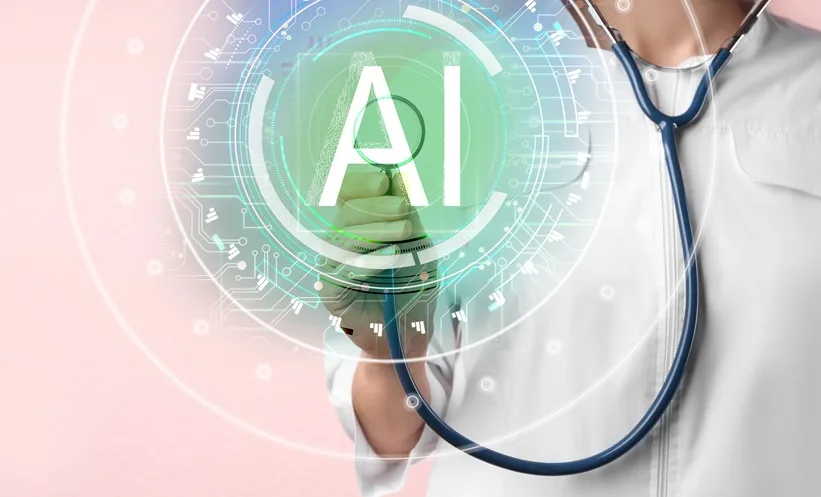AI’s Rising Role in Diagnosing Skin and STIs
Artificial intelligence is showing remarkable promise in the medical field, particularly in analyzing images to diagnose anogenital dermatoses and sexually transmitted infections (STIs). AI algorithms can quickly and accurately identify patterns in medical images that might be difficult for the human eye to detect.
The Potential of AI in Dermatology and STI Detection
The ability of AI to analyze images offers several advantages:
- Speed: AI can process images much faster than traditional methods, leading to quicker diagnoses.
- Accuracy: AI algorithms can be trained to identify subtle signs of disease, improving diagnostic accuracy.
- Accessibility: AI-powered tools can be deployed in areas with limited access to specialized medical professionals.
Challenges and Future Directions
Despite its potential, the use of AI in diagnosing skin conditions and STIs faces several challenges:
- Clinical Validation: More research is needed to validate the performance of AI algorithms in real-world clinical settings.
- Data Quality: The accuracy of AI depends on the quality and diversity of the data used to train it. Better and more comprehensive datasets are crucial.
- Ethical Considerations: Issues such as data privacy and algorithmic bias need to be carefully addressed.
The Path Forward
To fully realize the benefits of AI in this area, the following steps are essential:
- Conducting rigorous clinical trials to evaluate the effectiveness of AI tools.
- Developing standardized datasets for training and testing AI algorithms.
- Establishing ethical guidelines for the development and deployment of AI in healthcare.
By addressing these challenges, AI can become a valuable tool for improving the diagnosis and treatment of anogenital dermatoses and STIs.
Final Overview
AI is rapidly advancing in the field of medical diagnostics, particularly in analyzing images for skin conditions and STIs. While the potential benefits are significant, further research, better data, and ethical considerations are essential to ensure its responsible and effective use.


+ There are no comments
Add yours